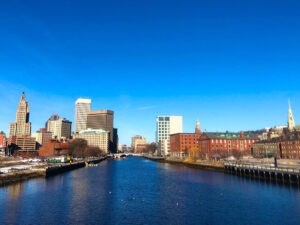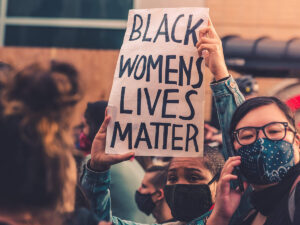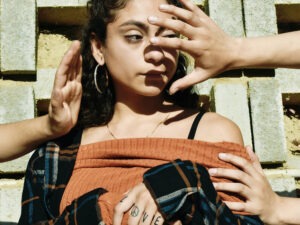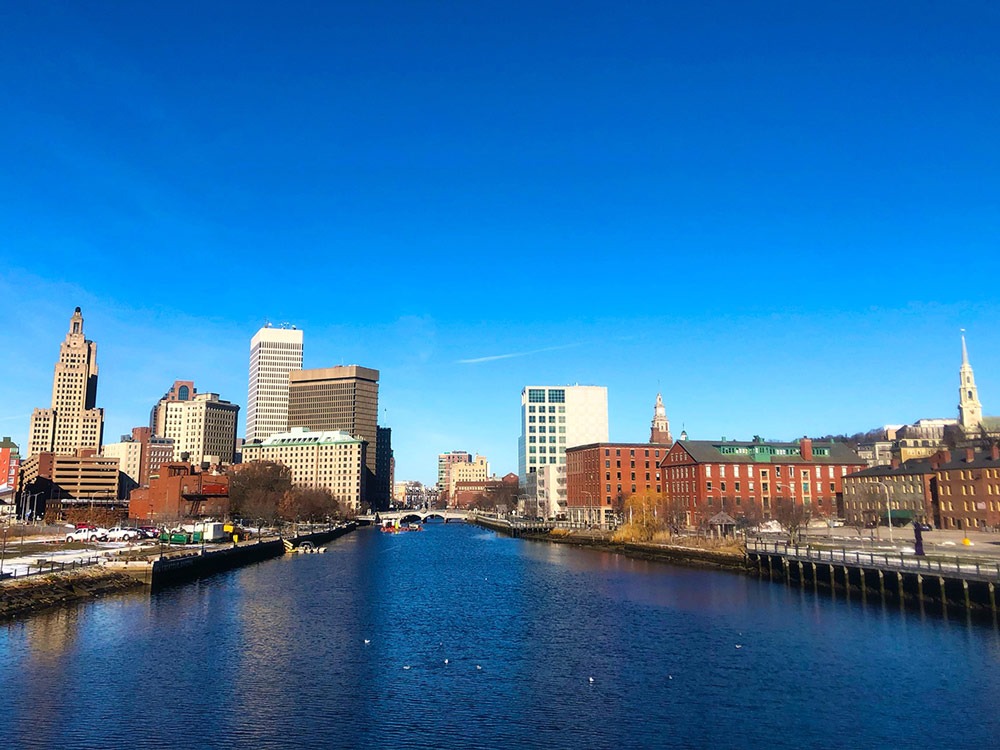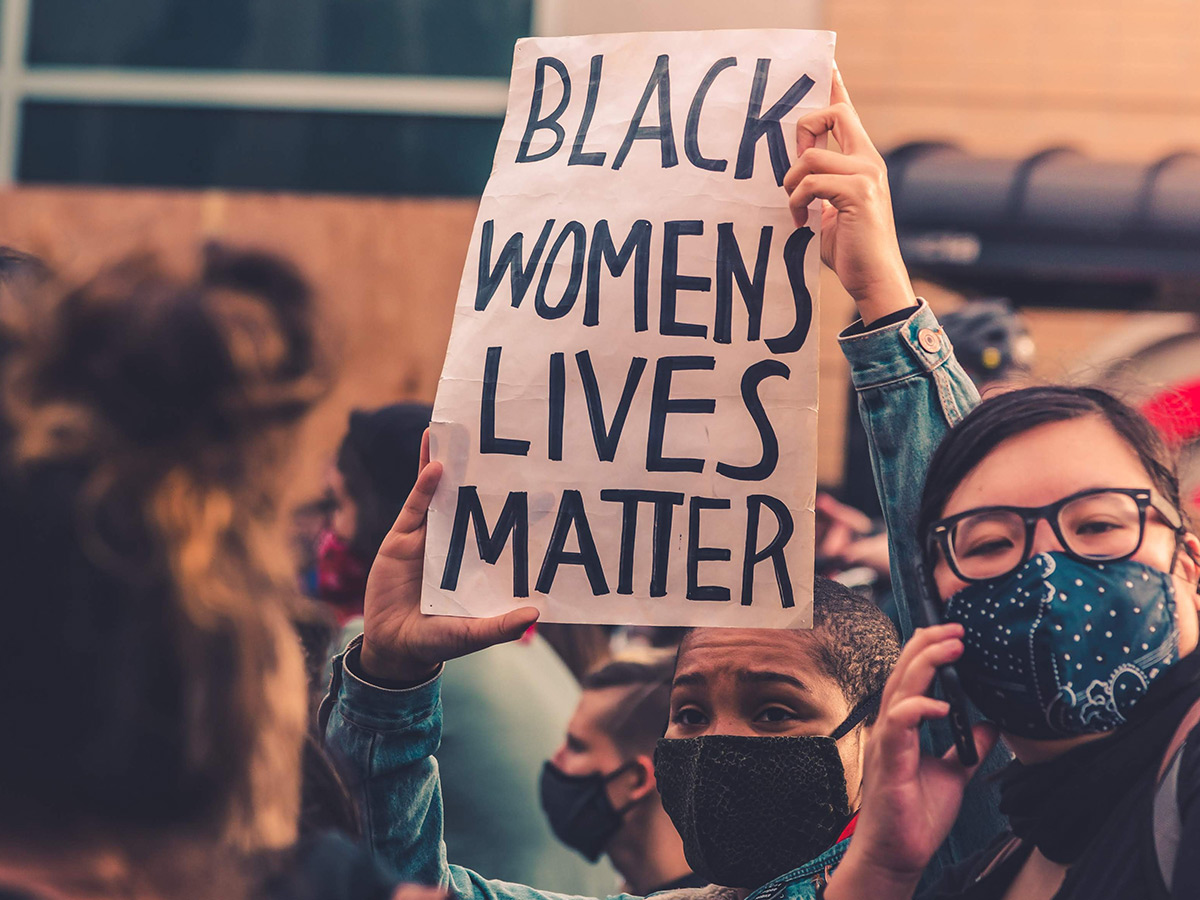
If, as the old saying goes, Rome was not built in a day, neither are Smithsonian museums. Last week, as NPQ noted, tucked within CARES 2 and the associated “omnibus” legislation was Congressional approval of two new Smithsonian museums —a National Museum of the American Latino and an American Museum of Women’s History. Both museums are the product of decades of organizing effort.
This is not the first time that gaining approval of a Smithsonian museum has taken a long road. After it opened in 2016, the National Museum of African American History and Culture (NMAAHC) was wildly popular. Requiring timed entry passes to maintain crowd control, the museum welcomed nearly three million visitors in its first 12 months of operations. But getting to that opening day was no small feat. The first call for a museum came in 1915. The modern effort to create the museum can be traced to legislation the late Representative John Lewis (D-GA) introduced in 1988. It wasn’t until 2003 that the bill Lewis had advanced in various forms over the years to establish the museum became law, and another 13 years passed before the museum opened its doors.
As Meilan Solly details for Smithsonian Magazine, the congressional authorization of the museums focused on Latinx people and women’s history means both of these projects are now at the same stage as the NMAAHC was in 2003.
Federal authorization is a key step, but it only provides half the funds needed to build the museums; the rest must be raised through private donations. This is the same model that was used for the NMAAHC. The museums themselves may not open for another decade. Writing in the New York Times, Sarah Bahr notes that the building for the Latinx museum is estimated to cost $600 million and the women’s history museum is estimated to cost $375 million. Nonetheless, authorization is a major milestone.
Each of the two campaigns, both of which date from the 1990s, speak to the importance of combining a long-term vision and persistence with careful attention to advocacy, both on Capitol Hill and among the public.
The campaign for the National Museum of the American Latino dates from 1993, when the Smithsonian agreed to create a task force on “Latino issues.” A year later, the task force published its report, Willful Neglect: The Smithsonian Institution and US Latinos. Findings from that report led to the creation of the Smithsonian Center for Latino Initiatives in 1997, which in 2006 became the Smithsonian’s Latino Center.
Sign up for our free newsletters
Subscribe to NPQ's newsletters to have our top stories delivered directly to your inbox.
By signing up, you agree to our privacy policy and terms of use, and to receive messages from NPQ and our partners.
There were further small steps. In 2004, an active campaign to create the museum was launched, shepherded by a nonprofit support group, Friends of the National Museum of the American Latino. In 2008, pushed in part by the Friends, Congress created a 23-person commission to create an actual museum proposal. In May 2011, that commission published its proposal for a 310,000 square-foot structure. In 2018, backed by a $10 million donation from the Molina family, the Smithsonian agreed to create a 4,500-square-foot public gallery within the Smithsonian National Museum of American History.
Each step built on the previous ones and helped create the momentum that led to congressional approval last month. Along the way, key legislators in Congress played important support roles, with Senator Bob Martinez (D-NJ) being a key advocate. Hollywood celebrities, like Eva Longoria, also played visible advocacy roles.
A similar story can be told about the American Museum of Women’s History. The campaign, notes Solly, began in 1998, when Representative Carolyn B. Maloney (D-NY) first proposed a bill in Congress. In 2014, Congress established a commission not unlike the one that had been established in 2008 for the Latinx museum. In 2016, the group released a 106-page report making the case, with unanimous support from representatives of both parties on the commission, for a women’s history museum. Another step on the path was the establishment in 2018 of the Smithsonian American Women’s History Initiative, which aims to research, collect, document, display and share women’s stories. To date, reports Maximilíano Durón in ArtNews, the initiative has hired six curators and mounted multiple exhibits.
The legislation, Durón notes, “gives the two institutions the green light to begin hiring staff, collecting objects, and hosting programming related to their respective missions. The bill also calls for them to be located on or near the National Mall, where many of the Smithsonian’s other museums in the nation’s capital are located.”
The road to public opening remains long, but there are lessons in advocates’ successful campaigns to establish both museums. In particular, both efforts speak to the importance of having a long-term vision, as well as having the persistence required to see that vision through to being realized.—Steve Dubb


